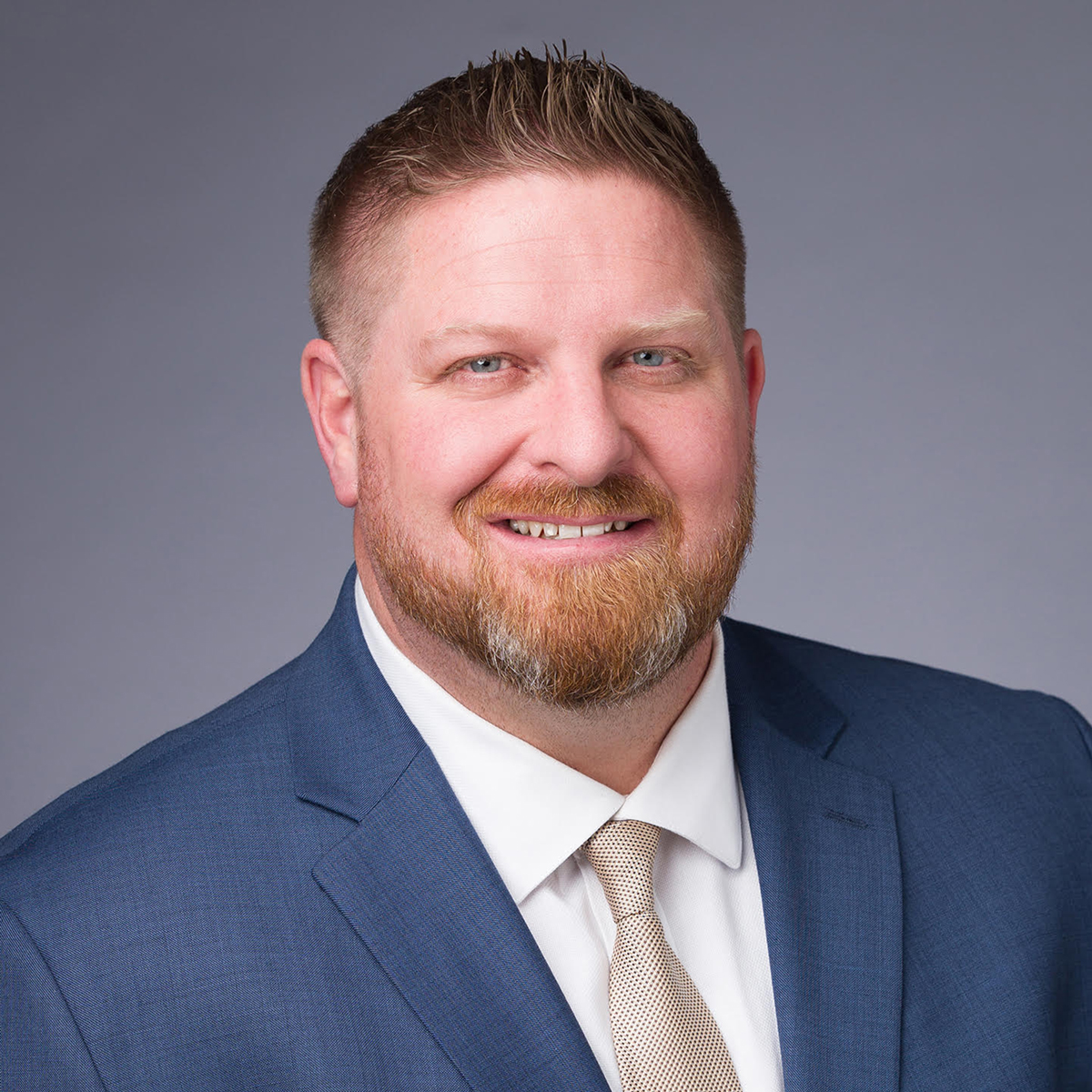Request Free Consultation
call or text us 702-605-5000Request Free Consultation
call or text us 702-605-5000

Start your Free Case Evaluation by using the form below.

BUS CRASH SETTLEMENT

TRUCKING NEGLIGENCE CONFIDENTIAL SETTLEMENT

CASINO NEGLIGENCE CONFIDENTIAL SETTLEMENT

DRIVER NEGLIGENCE VERDICT
The National Library of Medicine reports that somewhere between 250,000 and 500,000 people suffer spinal cord injuries every year worldwide, with about 17,000 new cases of spinal cord injuries each year in the United States and approximately 282,000 people living with a spinal cord injury.
The Christopher and Dana Reeve Foundation, named after the actor who became quadriplegic because of a horse riding accident, reports that people with high tetraplegia (C1-C4) pay an average of $1,163,425 in the first year of their recovery and $202,032 each subsequent year. People with low tetraplegia (C5-C8) pay $840,676 in the first year of their recovery and $123,938 each subsequent year. People with paraplegia pay $567,011 in the first year of their recovery and $75,112 each subsequent year, and people with loss of motor function at any level pay $379,698 in the first year of their recovery and $46,119 each subsequent year.
There is little doubt that a spinal cord injury can have a dramatic and costly impact on the life of any person who suffers one of these injuries, and many people can be entitled to financial compensation to help pay for the variety of costs victims are facing in these cases.
It is critical for any person dealing with a spinal cord injury to quickly contact an experienced Las Vegas spinal cord injury lawyer so they can get the help they need to hold a negligent party accountable. Cloward Trial Lawyers can assist spinal cord injury victims and protect their rights.
According to the National Library of Medicine, the most common causes of spinal cord injuries were defined as follows:
Other less common causes may include industrial accidents, diseases and conditions damaging the spinal cord, gunshot wounds, and alcohol-related incidents.
Another National Library of Medicine study found that the most common causes of spinal cord injuries were:
If you have been injured in a car accident, slip and fall, or any other accident, you need the services of a dedicated Las Vegas personal injury law firm to ensure that your rights are protected.


Las Vegas top rated attorneys
A spinal cord injury is usually classified as being either complete or incomplete. An incomplete spinal cord injury involves a spinal cord still being able to transmit some messages to or from the brain and people retaining some sensory function and possibly having some control of muscle activity below the injury site, but a complete injury involves no nerve communication below the injury site and sensory and motor function below the site being lost.
The National Library of Medicine states that classic patterns of spinal cord injury include:
Spinal cord injuries often have the potential to lead to financial compensation, known as damages. Compensatory damages in these cases are often divided into economic damages and noneconomic damages.
Economic damages will be the kinds of losses that can be proven and calculated. Common kinds of economic damages include:
Noneconomic damages will be non-quantifiable losses without inherent financial value. Some of the more common noneconomic damages include:
Punitive damages or exemplary damages may also be possible in some cases, although they are generally fairly rare. NRS § 42.005 limits punitive damages to cases in which a negligent party engaged in oppression, fraud, or malice.
Under NRS § 42.005, punitive damages cannot be more than three times the amount of compensatory damages awarded to a person if the amount of compensatory damages is $100,000 or more, or $300,000 when the amount of compensatory damages awarded to a person is less than $100,000. Keeping in mind how often motor vehicle accidents cause spinal cord injuries, there will be no limit on punitive damages when a driver is convicted of DUI.
Did you or your loved one recently suffer a spinal cord injury as the result of another party’s negligence in the Las Vegas area? Cloward Trial Lawyers has recovered more than $200 million for clients and has a success rate of 99 percent in cases they handle.
Our firm will represent you on a contingency fee basis, meaning that you do not pay us anything unless we win or settle your case. Call (702) 605-5000 or contact our Las Vegas spinal cord injury attorneys online to take advantage of a free consultation.

Benjamin P. Cloward became the youngest lawyer in the history of the State of Nevada to be awarded the prestigious “Trial Lawyer of the Year” by the Nevada Justice Association.
view attorney profile
Ian Estrada moved to Las Vegas in 2011 to work for a prestigious, local defense firm where he represented national insurance companies in personal injury lawsuits.
view attorney profile
Landon Littlefield spent several years working as a complex commercial litigation attorney before finding his passion in personal injury.
view attorney profile
Riley Clayton has successfully tried numerous personal injury, wrongful death, and insurance bad faith cases to verdict.
view attorney profile
Dillon Coil focuses on serving injured workers, police officers, firefighters, laborers, and their families.
view attorney profileFighting for injury victims and their families.

The experienced team at Cloward Trial Lawyers has an impressive track record and has earned an unparalleled reputation in the legal community for its extensive expertise and exceptional client service.

You won’t have to pay large attorney’s fees unless you win your case. We believe our clients should receive the best representation without having to worry about a costly and stressful fee structure.

We consistently strive for the best outcomes for all of our clients and our track record of successful rates speaks for itself: 99% of victories achieved in personal injury cases.

We are devoted to guiding our clients through with the highest level of care, so they can feel secure knowing we will be by their side throughout the entire process.
At Cloward Trial Lawyers, we can address all of your legal questions and concerns and advocate for you every step of the way. What follows are the answers to some common questions that arise in the wake of a spinal cord injury.
Have a different question?
ask an attorney
When any person suffers a spinal cord injury, they are usually going to have to seek compensation through an insurance company for the negligent party. Insurers always work to minimize their losses, and many will try very hard to find reasons to deny these kinds of claims.
Many insurance companies will try to settle the cases right away by offering people lump-sum settlements, but you must understand that these offers are typically lowball figures that are far less than what people are actually entitled to. Some people will believe they can negotiate their own settlements, but people will have a much better chance of obtaining more compensation by retaining a lawyer.
It is important to work with an experienced Las Vegas spinal cord injury lawyer so they can negotiate a settlement on your behalf that actually gives you the money you need and deserve. Most spinal cord injury cases will end in settlements because neither side is going to want to pay the high costs involved in going to trial.
There will be a limited number of cases that do go all the way to trial, and a person will want to ensure they have legal representation should their case make it that far because it will be most beneficial to have an attorney who can present a case to the court. At trial, a victim will have to prove that a negligent party was at fault for causing their spinal cord injury, and they can then seek various economic and noneconomic damages.
When any person suffers a spinal cord injury, people will want to do all of the following:
Tetraplegia is a form of paralysis affecting both arms and both legs, and quadriplegia is basically another term for tetraplegia because they are the same condition. Paraplegia is a form of paralysis affecting both legs. If only one leg is paralyzed, it is known as monoplegia.
People with a complete injury can regain one to two levels of injury, meaning they often regain control of those levels of muscle movement. People with incomplete injuries will be more likely than those with complete injuries to regain control of more muscle movement, but there is usually no way to know how much or if any functions will return. Regaining muscle movement often means that chances for improvement will be better. The longer a person goes without improvement, the fewer chances there are for improvement.
The statute of limitations (time limit) in most personal injury cases in Nevada is two years, but when a spinal cord injury is the result of medical malpractice, then a person may only have one year to file a claim. The statute of limitations for medical malpractice claims is one year from the date a person discovers or should have discovered an injury, or three years from the date a health care provider inflicted an injury, whichever is sooner.
Start your Free Case Evaluation by using the form below. You’ll get a fast response from one of our team members or call our office 702-605-5000.